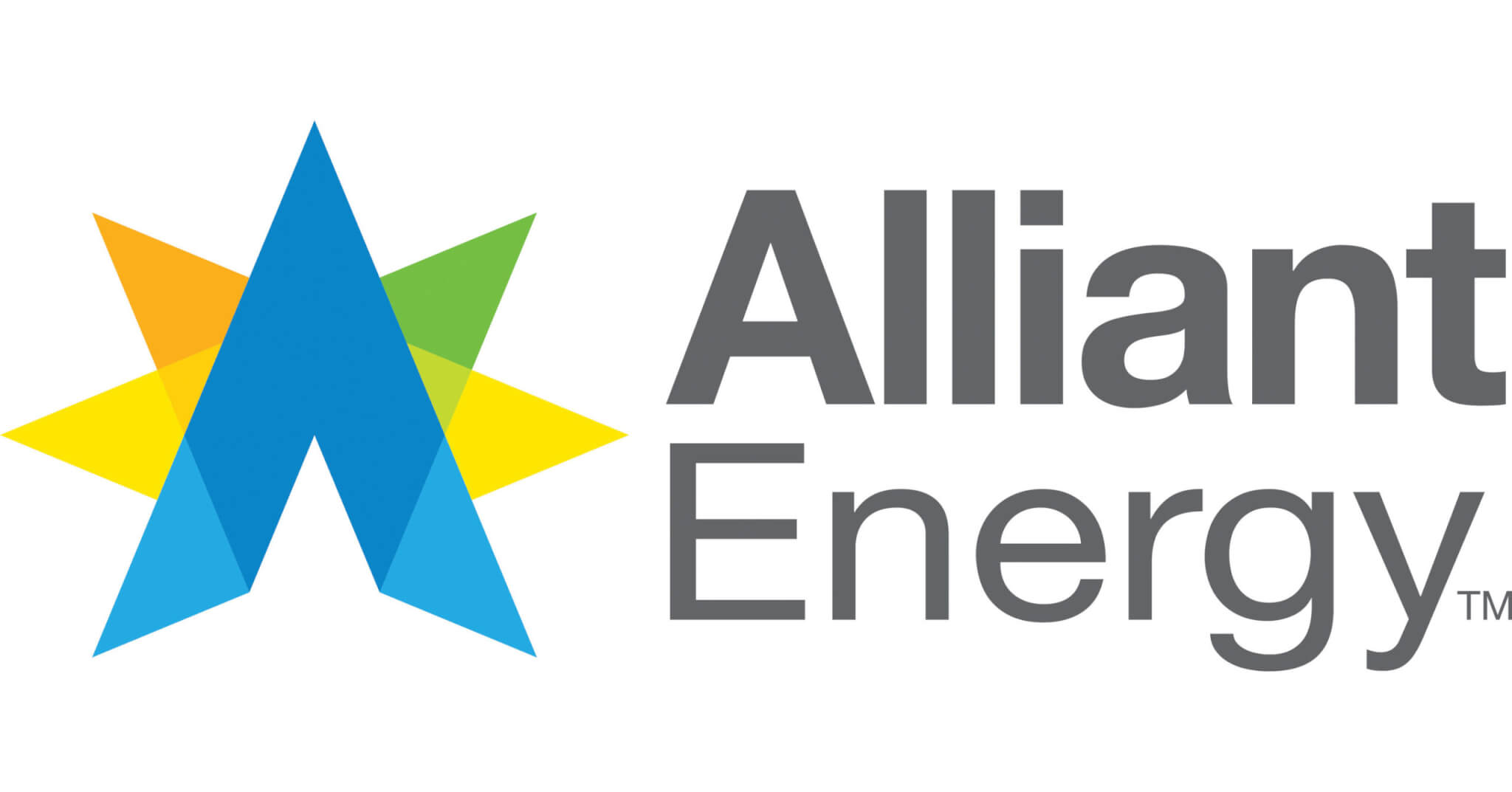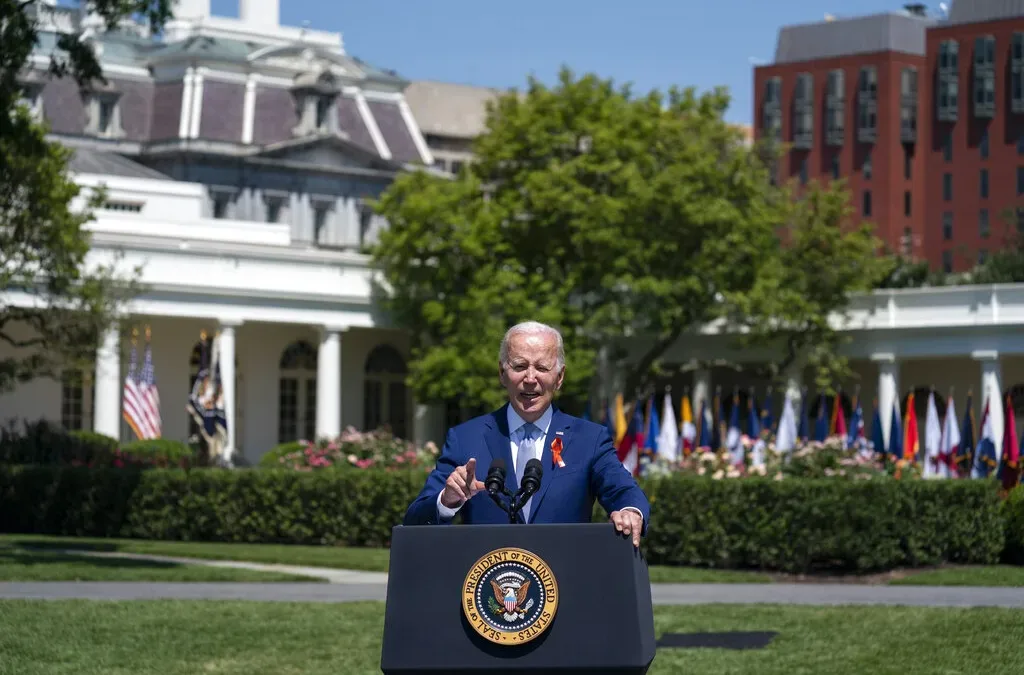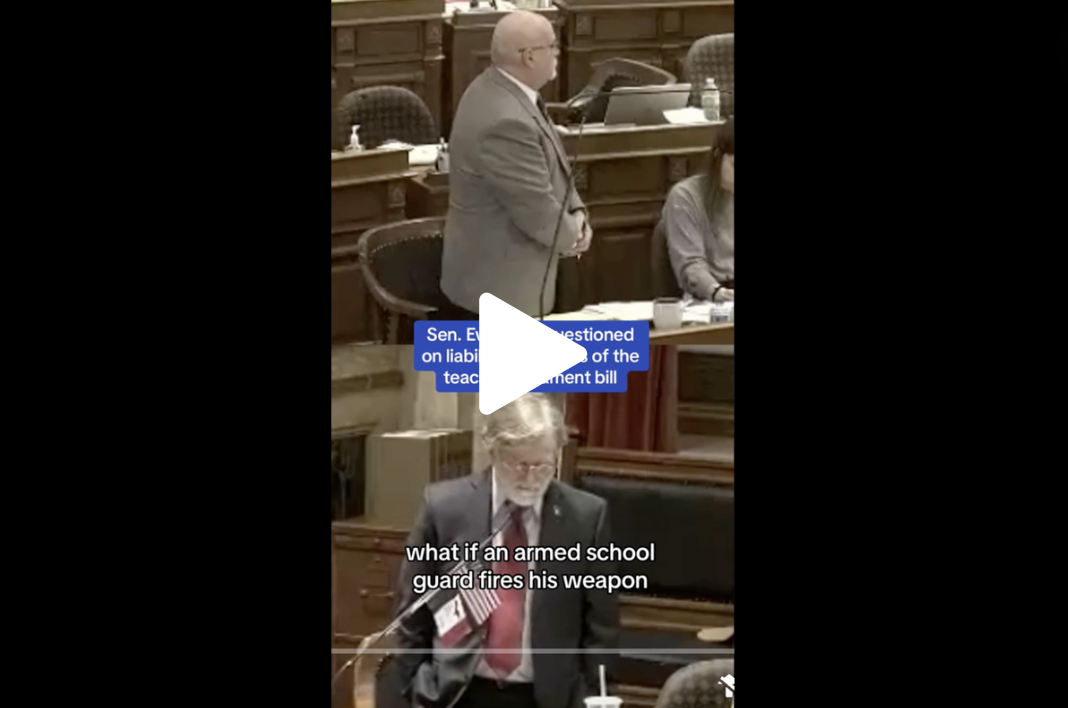
Amid another rate increase request from Alliant Energy, renewable energy leaders and Iowans in its service area are wondering when the utility company’s investments in wind and solar technology will pay off for consumers.
More than 5,500 comments, mostly in opposition to Alliant Energy’s proposed service base rate increases for electric and natural gas and including 63 official statements or resolutions adopted by elected leaders in cities and counties across Iowa were submitted before the online filing period closed last week for the respective rate cases.
Alliant has indicated the rate increases are in part due to a costly move toward cleaner energy sources, prompting community leaders, who have seen the growing energy burden on low-income households businesses and industries, to question who the transition to clean energy will benefit.
“This rate case — and its impact on communities throughout Iowa — raises increasingly urgent questions about our economy-wide transition to clean energy,” said Jim Martin-Schramm, director of the Luther College Center for Sustainable Communities. “Every wind farm they invest in is a wind farm they can recover the cost for and get a return on equity for their shareholders. The fact that they might and should, in my view, continue to invest in renewables, is no guarantee that there will be a significant financial benefit to ratepayers.”
In March, Alliant Energy requested a 24% rate increase on residential customers from the Iowa Utilities Board, which oversees investor-owned utilities – amounting to an average of about $240 per year for each household.
[inline-ad id=”1″]
Alliant then reached a proposed settlement in October with more than 10 consumer and environmental groups who opposed the request, agreeing to reduce their Utilities Board request to $127 million — or 40% less than their original ask.
“It [the settlement] addressed a number of important issues for us — not perfectly — but in a way that makes, we think, some pretty significant and important progress,” said Josh Mandelbaum, an attorney with the Environmental Law and Policy Center. “We support the settlement. It wouldn’t be our perfect way to resolve this case, but we think it’s a reasonable and fair way to resolve it, and it moves important issues forward.”
Alliant Energy also agreed to participate in a first-of-its-kind comprehensive planning process for its energy fleet as part of the proposed settlement, which will require the company to look at the economic aspects of coal plants compared to cleaner energy options like solar, wind, and battery storage, among several other compromises.
“IPL [Interstate Power and Light Company] is running uneconomic coal plants. If you’re running uneconomic coal plants, customers are paying more,” Mandelbaum said. “[This part of the settlement] sets up, hopefully, a look at their existing coal fleet, and our hope is that over time that will save customers money if you get those uneconomic plants off of the grid. That is a huge, huge issue from an environmental perspective, from a customer perspective, and from a rate case one.”
[inline-ad id=”2″]
Though the proposed settlement agreement will not go into effect unless the Utilities Board approves it in a final order expected at the end of the year, expert testimony strongly supports the updates.
Uday Varadarajan, a principal at the Colorado-based Rocky Mountain Institute, served as an expert witness on coal power for the Iowa Environmental Council and Environmental Law & Policy Center, and concluded Alliant’s customers would see significant savings if the utility immediately retired its share of three coal plants and replaced that energy with generation from renewable sources.
Varadarajan said the remaining plants should be retired as soon as possible.
The Sierra Club, an environmental group, also testified about the benefits of shutting down coal plants, finding that retirement and replacement of Alliant’s coal plants could save customers more than $600 million.
The utility company said it already has made efforts to transition to more renewable or clean energy sources, like wind.
[inline-ad id=”0″]
On an Alliant Energy third quarter 2019 earnings call in late September, CEO John Larsen said the company put 470 megawatts of wind on line this year, and was making progress with the remaining 530 megawatts of new wind.
“This will complete our planned 1,000 megawatts of new wind for our Iowa customers by the end of 2020,” Larsen said. “We are also nearing completion of our AMI meter deployment in Iowa with all meters expected to be installed and operating by the end of this year.”
On the same call, senior vice president and chief financial officer Robert Durian said as Alliant brings the new wind projects into service next year, he expected production tax credits and lower fuel expenses to largely offset the impact of increases in renewables’ rate base.
But Martin-Schramm, who is part of a group of Decorah residents, businesses and nonprofit groups that have submitted extensive testimony against the increases, said this effort may be too late, and questioned why customers’ bills continue to increase.
“One of the arguments that we’re making in the Decorah area group’s testimony is the Alliant management inefficiency,” Martin-Schramm said. “Mid-American, about 10 years ago, decided to go all-in with wind. Alliant is still trying to install its first gigawatt of wind. We think the company has been kind of a day late and a dollar short to the importance of renewables.
“While there are these financial benefits in terms of depreciation,” he said, “the production tax credits, and the energy adjustment clause, the ratepayer is still facing a rate increase.”
By Isabella Murray
Posted 11/18/19
Politics

Biden announces new action to address gun sale loopholes
The Biden administration on Thursday announced new action to crack down on the sale of firearms without background checks and prevent the illegal...

Biden cancels student loan debt for 2,690 more Iowans
The Biden administration on Friday announced its cancellation of an additional $7.4 billion in student debt for 277,000 borrowers, including 2,690...
Local News

No more Kum & Go? New owner Maverik of Utah retiring famous brand
Will Kum & Go have come and gone by next year? One new report claims that's the plan by the store's new owners. The Iowa-based convenience store...

Here’s a recap of the biggest headlines Iowa celebs made In 2023
For these famous Iowans, 2023 was a year of controversy, career highlights, and full-circle moments. Here’s how 2023 went for the following Iowans:...




